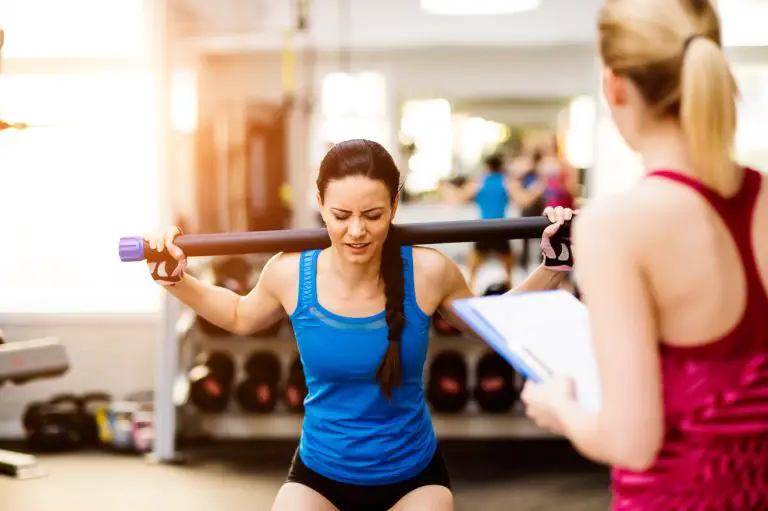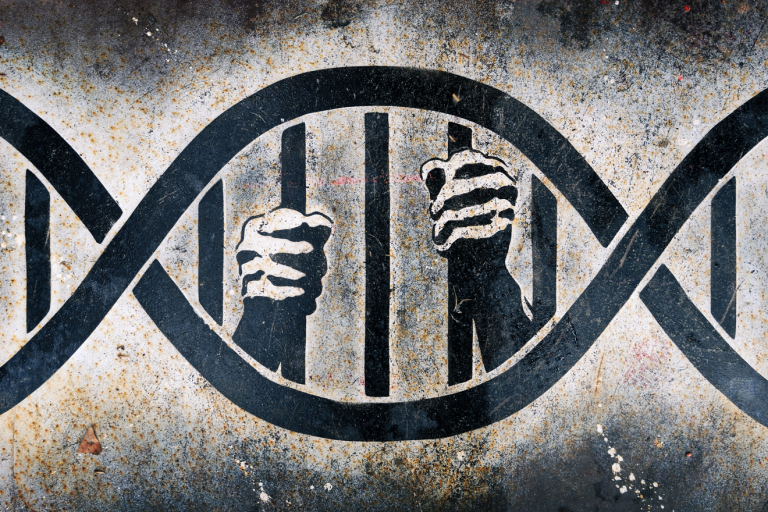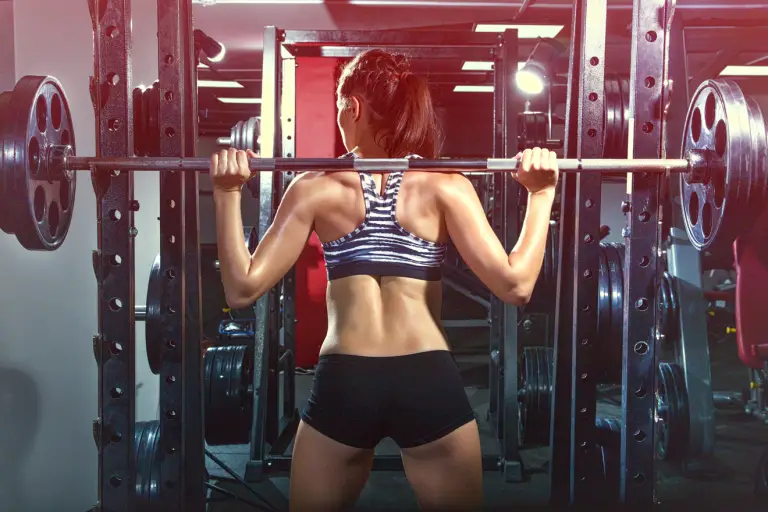Weight training injuries in gyms: understanding your rights
Navigating the world of legal rights might seem daunting, but it’s crucial for those who find themselves injured amidst their workout routines. Weight training injuries can happen, and while many are simply unfortunate accidents, some may warrant legal action against the gym for negligence or improper maintenance of equipment. Victims of gym-related injuries can seek compensation if an injury results from negligence or unsafe conditions.
Often, gym contracts include liability waivers, which can make suing the gym more complex. These waivers are designed to shield gyms from certain responsibilities, and understanding them is key to knowing when a lawsuit may be viable. It’s worth noting that not all waivers are absolute, and exceptions exist, particularly when gross negligence or safety regulations are breached during lifting.
Exploring the legal pathways requires an informed perspective on liability and personal rights within a gym setting. An understanding of the circumstances where liability waivers might not apply can empower individuals to make decisions. With the right information and guidance, those injured can effectively assess their opportunity for legal recourse.
Understanding liability in weight training injuries
Gym injuries can pose significant legal challenges. Liability issues often center around the types of injuries and the gym’s responsibility in preventing and addressing them, even when liability waivers are in place.
Types of weight training injuries
Weight training injuries can vary from minor strains to severe fractures or tendon ruptures. Common injuries include muscle strains, joint dislocations, and even herniated discs.
Incorrect form, unfamiliarity with equipment, or inadequate supervision can often be contributing factors. In extreme cases, equipment failure might cause severe harm. These injuries can necessitate costly medical treatment and prolonged rehabilitation. It is crucial for individuals to seek advice from Oxnard personal injury attorneys when pursuing legal action for gym-related injuries, as expertise in such matters can influence the outcome.
Gym liability and member waivers
Gyms typically require members to sign liability waivers. These waivers often attempt to absolve the gym of responsibility for injuries occurring on their premises. However, these waivers may not always be enforceable. Situations involving gross negligence, such as failure to maintain equipment properly, can result in the gym being held liable.
For instance, if gym staff consistently ignore maintenance requests for faulty equipment, it may qualify as gross negligence. It’s important for gym members to seek legal counsel promptly to evaluate the enforceability of these waivers. Skilled personal injury attorneys can help navigate these complex legal landscapes, often revealing aspects of liability that may not be apparent to non-experts. Understanding the intricacies of gym policies and legal responsibilities can help injured parties assess their options more effectively.
Legal framework for injury claims
When dealing with injuries from lifting in gyms, understanding the legal framework surrounding personal injury claims is crucial. The key areas of lawsuits include proving negligence and determining liability in equipment failure.
Negligence in personal injury cases
In personal injury cases, you must clearly establish negligence. Claimants need to demonstrate that the gym failed to maintain a safe environment. This includes ensuring equipment is properly maintained and that the premises are free from hazards.
If a gym’s failure to uphold these standards directly results in an injury, you can pursue compensation. Personal injury attorneys can guide clients in gathering evidence, such as maintenance records and witness statements, to support their claims.
A liability waiver signed may complicate matters, though it’s not always prohibitive. Some waivers can be challenged, especially when gross negligence is involved, offering potential pathways for compensation. Legal expertise is often required to navigate these complexities and ensure all aspects of the waiver and negligence are thoroughly examined.
Product liability and equipment failure
Product liability can play a significant role when injuries occur due to defective equipment. To build a strong case, you must show that the injury resulted from unsafe equipment that you could not have anticipated.
In such instances, claims might be directed against the manufacturer or vendor, as opposed to the gym itself. This involves demonstrating that the equipment was inherently defective or that there was a failure to warn users of potential risks.
Personal injury attorneys can be invaluable in these cases. They are usually skilled in assessing product warranties, safety standards, and prior incidents involving the same equipment to build a robust argument. Documentation and expert consultations further substantiate claims, emphasizing the equipment’s failure to perform safely.
The role of personal injury attorneys
Personal injury attorneys play a crucial role in navigating the complex legal landscape associated with weightlifting injuries in gyms. They assist in evaluating the specifics of each case and guide clients through the litigation process. Settlement negotiations often follow, potentially leading to arbitration if needed. Each aspect is handled with professional skill to seek the best possible outcome for the injured party.
Evaluating your case
A personal injury attorney begins by assessing the unique circumstances surrounding a gym injury. This involves examining the liability waiver signed by the plaintiff and determining if negligence exists. They gather evidence, including medical records, eyewitness accounts, and expert testimony.
The evaluation includes identifying liable parties, which may be the gym, its employees, or equipment manufacturers. Attorneys also consider the statute of limitations to ensure timely filing. This initial stage is critical, as strategic decisions hinge on the thoroughness of the evaluation. Attorneys aim to build a strong foundation for either litigation or negotiation.
The litigation process
When pursuing a lawsuit, the attorney guides the client through complex legal proceedings. This involves filing formal legal documents, engaging in discovery, and preparing for a potential trial. Attorneys work to prove negligence or fault, often involving expert witnesses and various forms of evidence.
Court procedures can be daunting, requiring expertise to navigate successfully. During litigation, personal injury attorneys provide representation and argue the case before a judge or jury. Their goal is to secure compensation for medical expenses, lost wages, and other damages. The process demands attention to detail and a robust understanding of both law and courtroom strategy.
Settlements and arbitration
Personal injury cases are often resolved through settlements, providing a quicker, less stressful outcome. Attorneys engage in negotiation talks with the opposing party, aiming to reach a fair compensation without going to trial. Settlement discussions focus on the extent of the injury and associated costs.
If negotiations stall, arbitration might be considered. This alternative dispute resolution involves a neutral third party to help reach a settlement. Understanding the difference between these processes, attorneys guide clients based on the specifics of the case and the client’s best interests. Personal injury attorneys strive to secure the best possible compensation efficiently and effectively.







